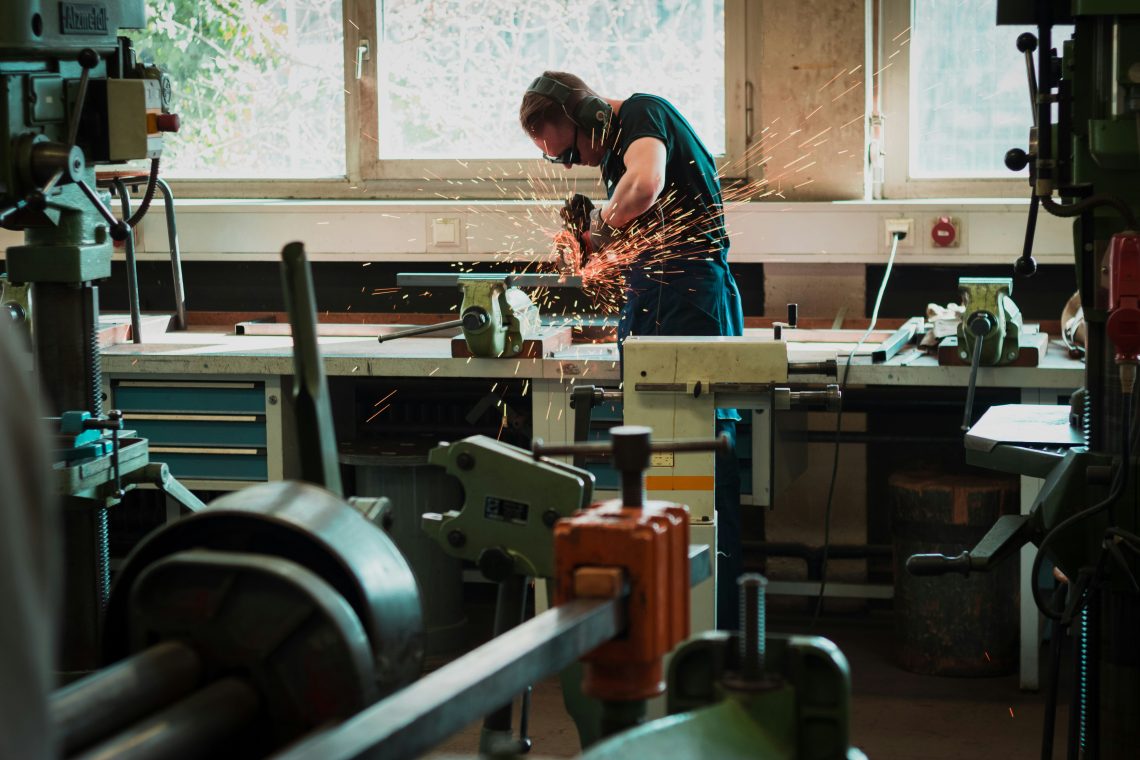The right tool can make everyday trade duties easier to complete, improve quality and keep you safer on the job. Safety is of utmost importance in industries like construction as it had the most workplace deaths in 2022/23. This makes selecting the right tools a must.
Rivets are commonly used tools around worksites for fastening jobs. Therefore, you must pick one that can complete tasks to a high standard and won’t put you at risk of injury. Selecting a suitable one can be challenging with so many variations in this growing market. However, this guide will equip you with the knowledge to choose the ideal rivet tool for your worksite needs.
Assess your rivet requirements
Before diving into your options, think about the types of rivets you’ll be working with. Identify the rivet material such as aluminium and steel, size in diameter and length, and mandrel style. Knowing these details will help narrow down your tool options.
Power up or go manual?
Consider the volume and frequency of tasks. For occasional use or smaller projects, a manual tool might suffice. These are typically lightweight and hand-operated, requiring manual force to set the rivet. While they’re a budget-friendly option, they can be tiring for extended use.
For high-volume jobs or thicker materials, a power rivet gun can save you time and effort.
Electric vs. Pneumatic
Electric
Electric rivet guns offer portability and convenience. They’re typically powered by batteries or a mains cord, making them a versatile choice for various duties.
A well-known brand like Milwaukee has electric rivet guns known for their durability and power, ideal for tackling tough jobs like metal cladding.
Pneumatic
Pneumatic types utilise compressed air for greater force and speed than their electric counterparts. This makes them ideal for heavy-duty projects or working with larger rivets. They can handle tougher materials like steel and set rivets much faster than manual or electric options.
Additional considerations
While the core functionalities are important, consider additional features that might enhance your workflow. Look for ergonomic designs with comfortable grips and lightweight construction for improved comfort. Variable speed settings can offer greater control over the riveting process, allowing you to adjust the force based on the size and material. Built-in LED lights can be a game-changer for darker conditions, ensuring better visibility and more precise rivet placement.
Read more lifestyle articles at ClichéMag.com
Images provided by Deposit Photos, BingAI, Adobe Stock, Unsplash, Pexels, Pixabay & Creative Commons




